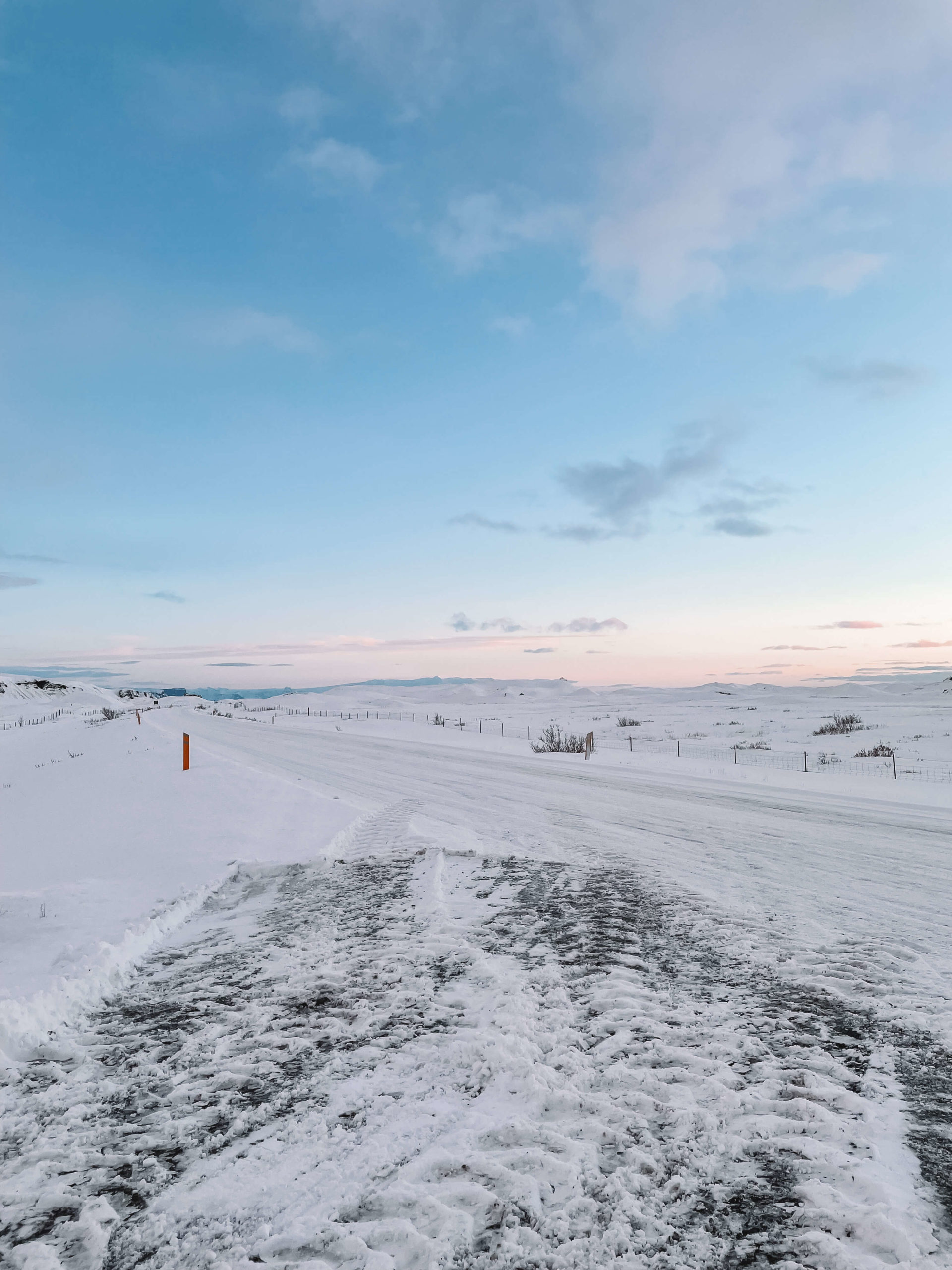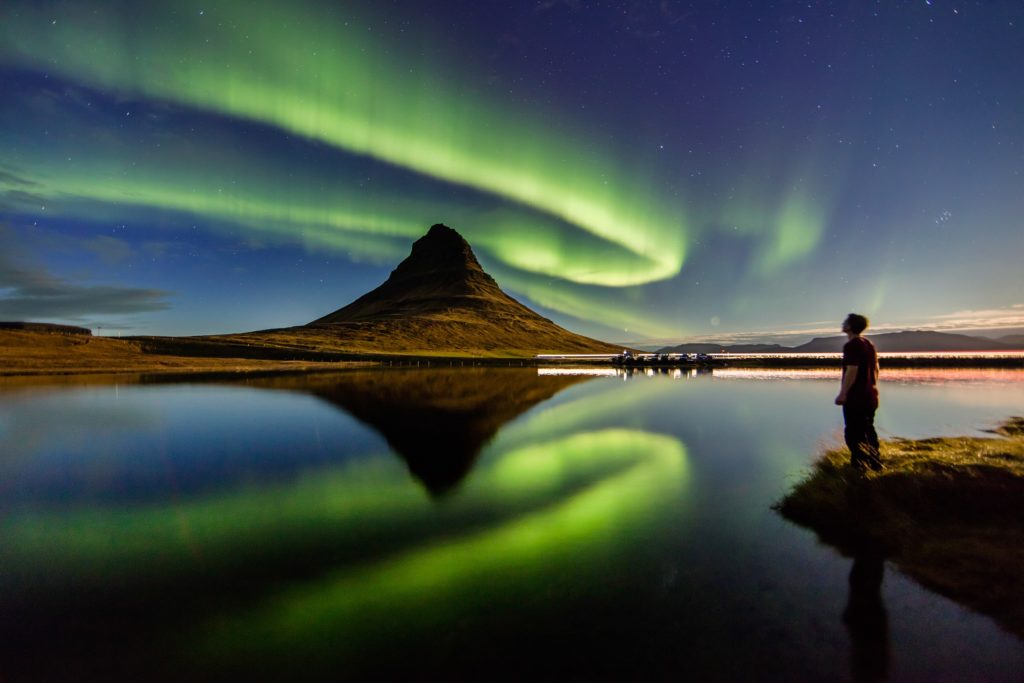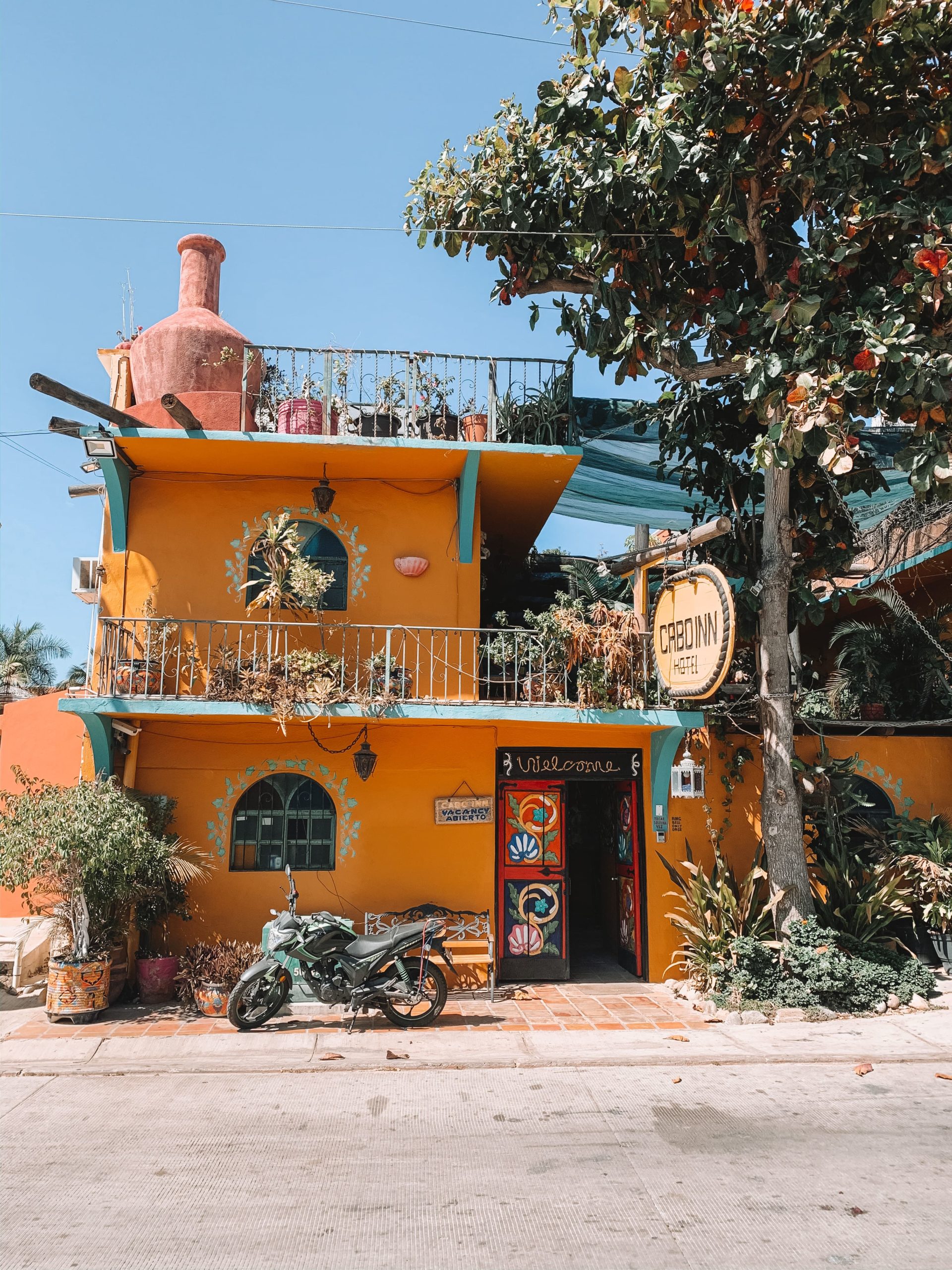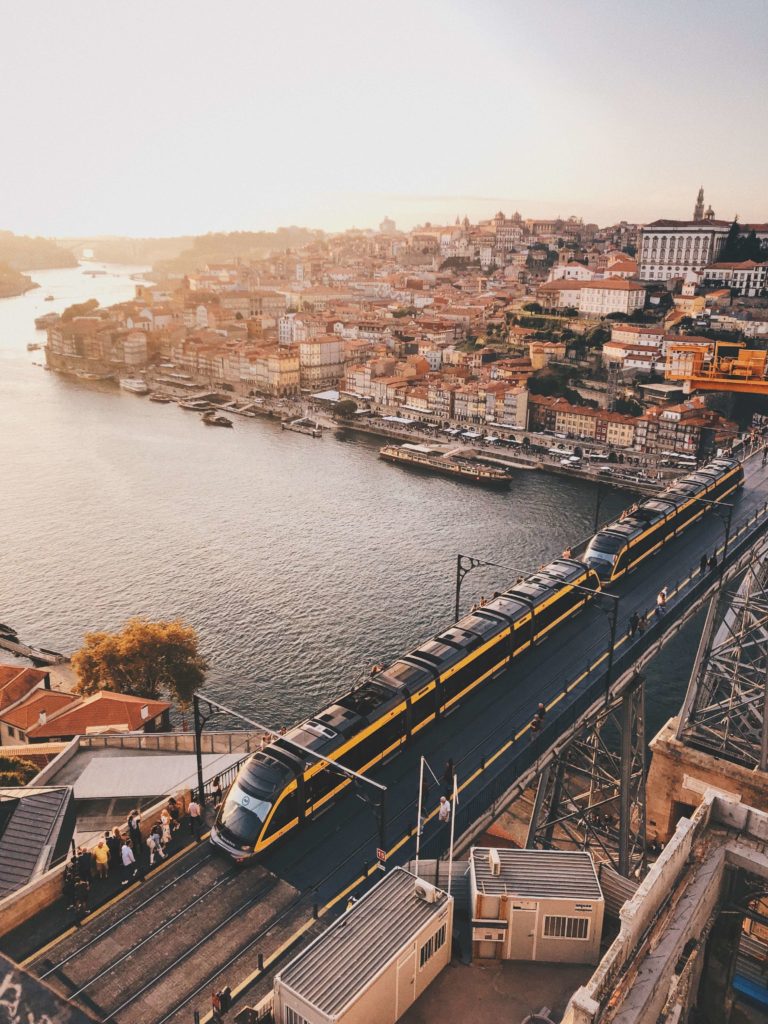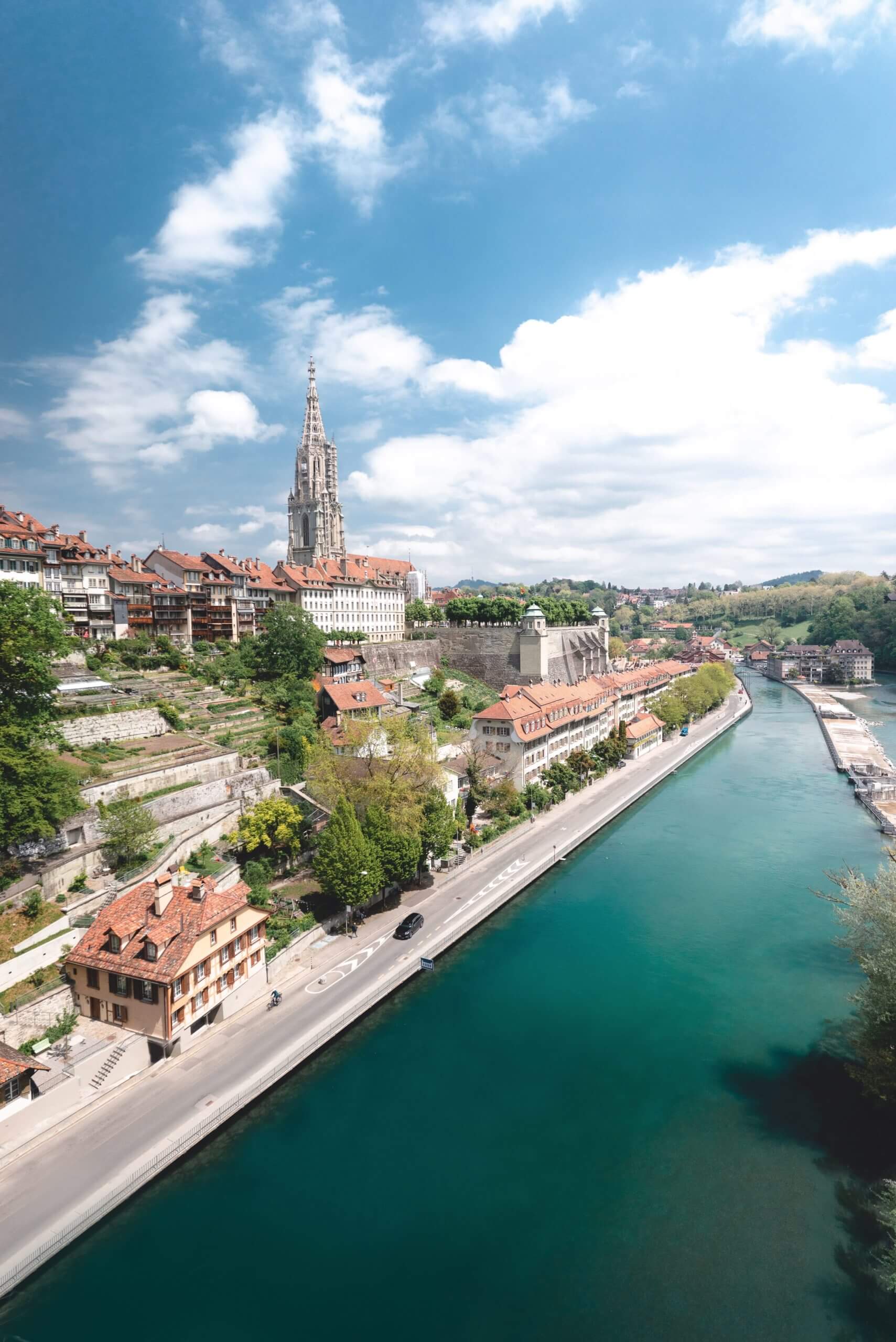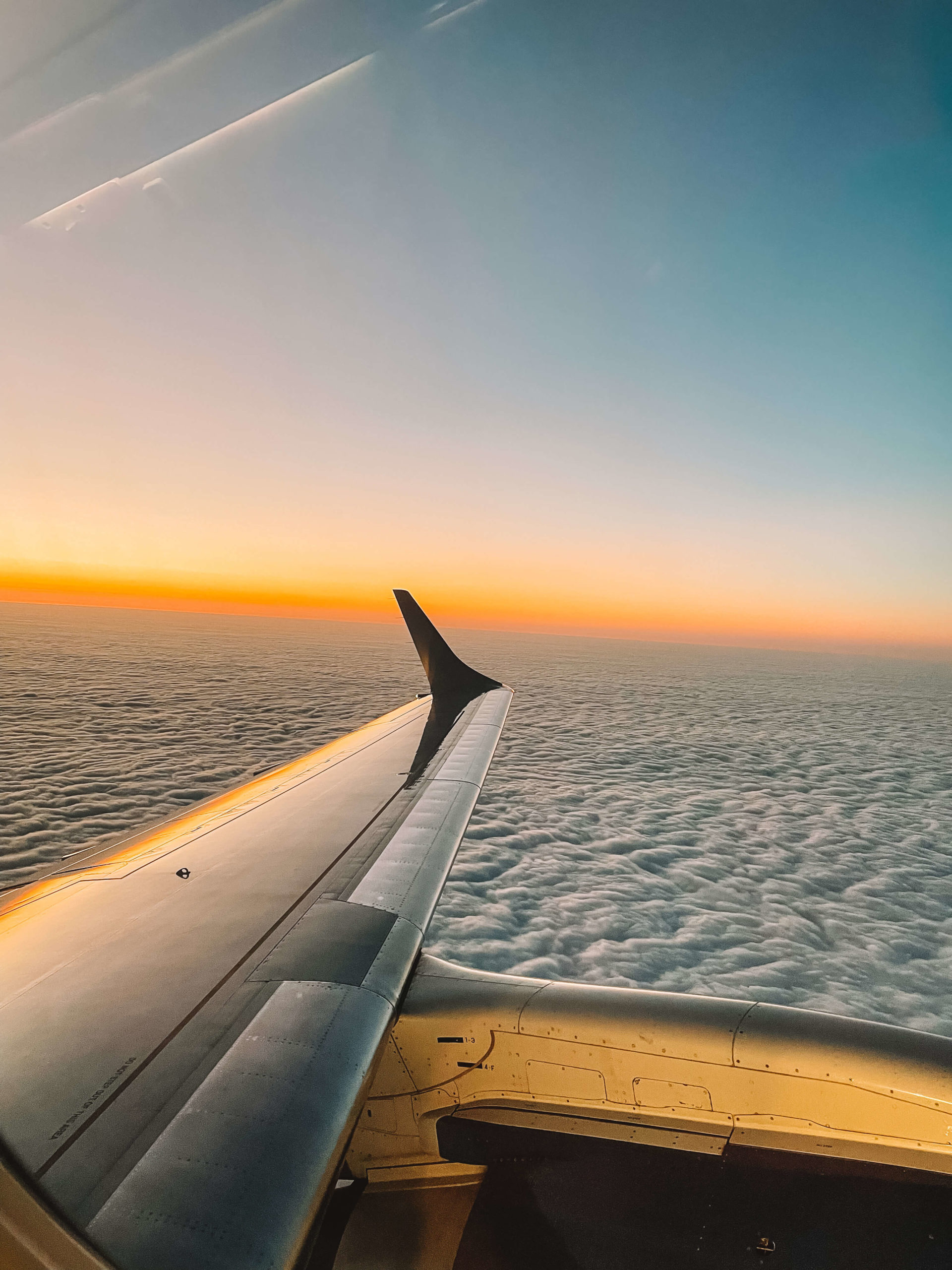Note: This is a guest post submission by a third party. This post contains affiliate links!
Iceland is arguably one of the most beautiful countries in Europe – perhaps even the world. Before the pandemic, this little island would boast over 2 million visitors a year! And it’s no surprise why. Although there are so many things to do in Iceland in winter, there is one particular activity which sits at the top of most people’s bucket list. Have you ever dreamed of seeing the colourful aurora borealis dance in the night sky? Well, then you’re not alone! Here’s how to locate and capture the impressive Northern Lights in Iceland!
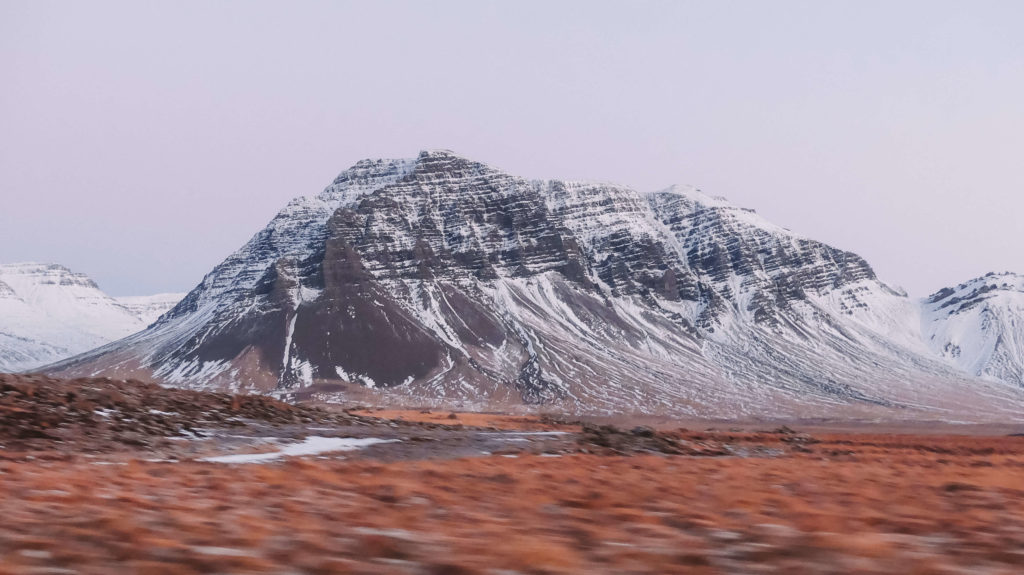
Seeing the Northern Lights in Iceland
Observing the magic of the northern lights is a bucket-list experience for the majority of people. I’ve been lucky sufficient to see as well as photograph the “Aurora Borealis” multiple times in a few various nations- including Iceland.
The northern lights can stun you for hours, watching their mystical green radiance dance over the mountains or the sea.
Locating as well as shooting outstanding pictures of the northern lights in Iceland is a top concern for most visitors!
Lots of people don’t realise before visiting that this extraordinary natural sensation is both elusive and uncertain. Yes, even in a renowned aurora-friendly nation like Iceland.
So to help improve your chances, I have created this guide on how to experience the Northern Lights in Iceland. I’ll share a few suggestions on how to discover them and where to see them.
Why are the northern lights in Iceland so hard to see?
Well, it’s since there are many different aspects included. For the optimum north lights experience, you require a combination of dark skies, clear weather conditions, and a strong aurora task. Guaranteeing all of these aspects is out of our control, and therefore sometimes it is pure luck as to whether you get the opportunity when visiting Iceland in winter.
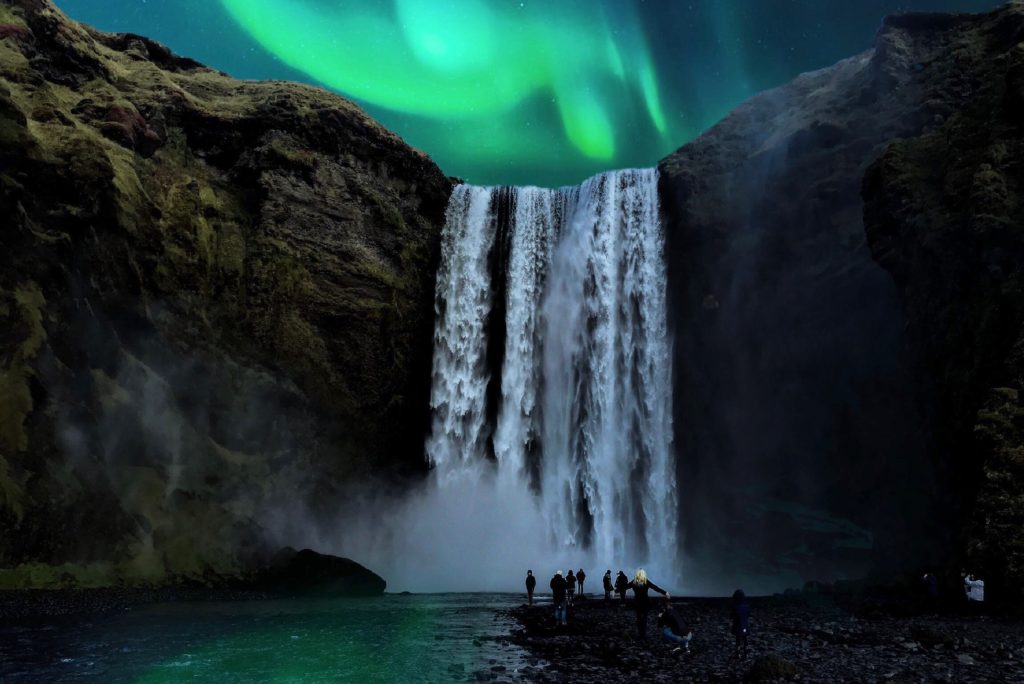
Look For Dark Skies
For the very same reason that star-gazing is better when it’s dark out, watching the northern lights is best at night. Light pollution from cities & communities hinders both the chances and the experience.
Yes, you might be able to see the lights from Iceland’s capital city of Reykjavik sometimes. Nonetheless, you’ll have better luck in the countryside, away from manufactured light sources.
Avoid The Moon
If you can, attempt to stay clear of seeking out the northern lights during a moon. The illumination of the moon can make it more difficult to see the aurora overhead.
Also, bear in mind that the moon rises and sets like the sun. So you can take this into account and time your northern lights searching when the moon is lower in the sky, for maximum darkness.
My favourite mobile app for inspecting the moon rise as well as moon established routine worldwide is called The Professional Photographer’s Ephemeris.
However, in some cases, a little moonlight from a 1/4 moon can light up the landscape just enough to capture some stunning pictures!
Wait On Clear Climate
If the weather condition is extremely overcast, you will not be able to locate the lights. So pay attention to weather predictions, specifically for any forecasts of cloud.
While you can still see some aurora lights if it’s only partially gloomy, you’ll have the best chance when there are no clouds whatsoever.
My preferred mobile phone application for examining cloud cover problems around the world is called MeteoEarth.
Inspect The Aurora Forecast
Because aurora activity comes from the sun precede, scientists are able to anticipate how solid it will be by checking the sunlight’s solar wind, and the stamina of the Planet’s magnetic field. This “KP-Index” arrays from 0-9.
In my experience, you could have some luck seeing the northern lights in Iceland when the KP Index is 3 or 4. If you are fortunate to be there when a solar storm hits (KP 5+), then you’ll be in for a pretty good show!
The best smartphone app for monitoring the forecast is called My Aurora Forecast Pro. It offers notifications when there’s a chance to see the lights near you. For global aurora forecasts, Area Climate Ovation is also excellent.
Self-Drive vs. Group Tour
You should be able to go hunting for the northern lights on your own by leasing a car in Iceland. An alternative is renting a camper van, which enables you to venture far from towns and their light pollution.
Experience driving in snow is useful if you’re visiting Iceland in the winter, as conditions can in some cases be extremely rough. Huge snowstorms are common.
I like exploring on my own, as it gives me the ability to stay out all night or change locations as I please. Nevertheless, if you don’t really feel confident driving in Iceland, there are a lot of organised northern lights excursions offered too. I highly recommend the Northern Lights Midnight Adventure from Reykjavik – it is a very affordable tour with friendly and knowledgable guides.
Best Time To See Northern Lights in Iceland
Iceland’s ideal period to see the northern lights is the fall/winter months from September to April. The outright darkest months are between November & February, however these months can also have the worst climate.
Remember that you require a combination of darkness far from towns, clear skies, as well as solid aurora forecast to see the northern lights.
Witnessing Iceland’s northern lights throughout the summer season is pretty unusual, due to roughly 20 hours of sunshine per day near the arctic circle.
The longer you stay in Iceland, the far better your chances are of seeing the lights. If you’re just visiting on a 2-day stopover, you’ll require a great deal of good luck to see them. I recommend at least 7 days in Iceland if you intend to experience the northern lights.
Even after that, it can be hard. Some individuals can go to Iceland multiple times and never see them!
This post was written by guest author Luka Johannson

